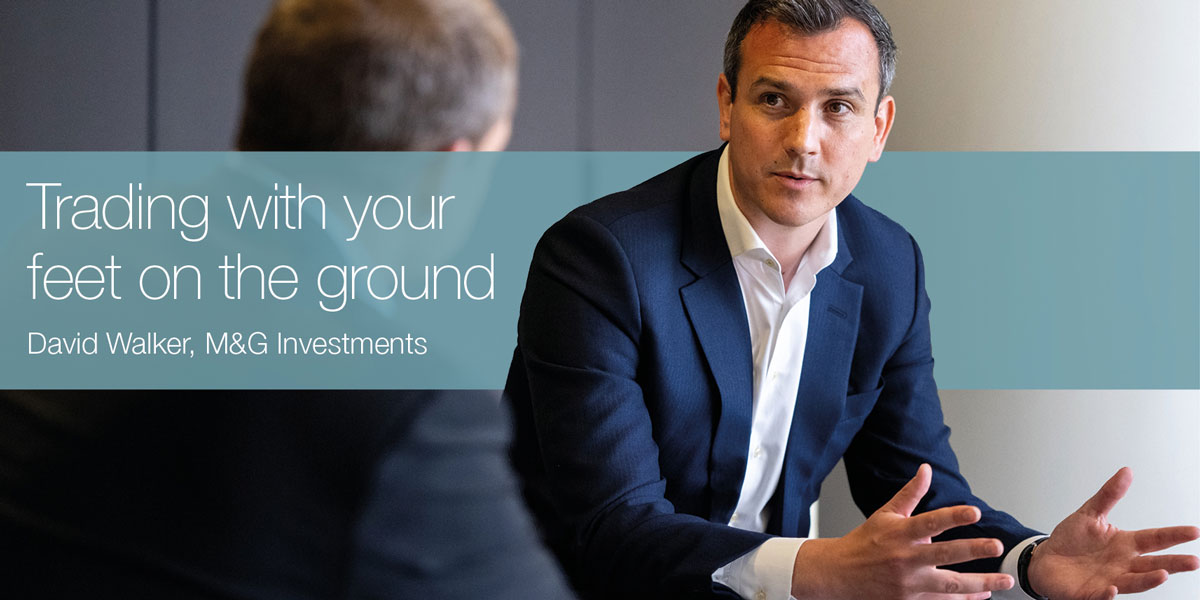David Walker, head of fixed income trading at M&G Investments, discusses no-ego trading, the importance of direct contact with markets, and strong banks relationships.
How is your fixed income trading organised across asset classes and geographies?
In fixed income we have £119bn billion in assets under management (AUM). From a trading point of view, we are structured in three geographies, London, Chicago and Singapore, with the three desks covered by 15 traders. Chicago and Singapore have been set up in the last four years as M&G has grown its client base across institutional and wholesale products globally. I run the London team, with the heads of fixed income trading in Chicago and Singapore also reporting to me.
How do you manage skills and technology across those desks?
Notional traded last year across all three was £315 billion via 70,000 tickets. The fixed income market has seen great electronification which has been helpful with scale, particularly the smaller tickets, which helps us find efficiencies as we trade. The core set up on each dealing desk is with asset-class specialist dealers, covering global fixed income markets. In London, we have eight dealers with eight asset classes. In the US they’re focusing on investment grade mixed between corporates and financials, and also high yield. In Singapore, there are three traders covering all Asian markets. As our client base has grown globally Chicago and Singapore’s volumes have grown, with the two desks accounting for close to 10% of the flow.
The teams across all three desks are highly skilled, highly experienced, and very well regarded in the roles both internally and externally. We have ex-market makers in the team which complements our skill set. The desks are all set up with senior, experienced buy-side traders, and a mixture of junior talent that can grow and can learn from them. The last three hires for younger talent have been internal which we find a good way to keep consistency on the desk. We’re fortunate to have very limited turnover on the desks with one dealer in London entering his 36th year with the business. Combining experience with those who that are more tech savvy is a winning format.
Are they trading cash and derivative instruments?
While we are asset class specific, we can cover each other. So, we can be incredibly busy in investment grade corporates and the team all help. Equally, we can be busy in more esoteric, complex derivatives, where it’s important to have a skill set and an understanding of the complexities. The core is split; in London, focusing on Euro, sterling, dollar corporates, structured products, high yield, government bonds, and emerging markets.
How do you view high touch/low touch trading as a concept?
As a concept it makes complete sense but there’s not a one-size-fits-all approach when it comes to trading and investment managers. If you are running index funds and you have thousands of trades going through daily, I can see low touch makes sense. We don’t have that flow, so we don’t have a low touch desk. Our asset class specific traders also have the ability to trade smaller tickets through trading venues and more recently we have focused a lot of time around portfolio training. We have one new hire that we’re bringing in at the end of this year, who will be focusing more on the smaller tickets initially to gain his understanding of the market. So we don’t separate them out, because it doesn’t match our business flow.
What is the value of that ownership?
The dealer focusing on an asset class knows the depth and complexities of that asset class. They not only understand what they’re trading, they’ve got a greater understanding of what the investment managers are looking to trade, so they can have greater added value and offer that to the funds. They also own the relationships with the street. If you have five people trying to do everything you can send mixed messages, which will not help pricing or liquidity. When you have a focus, we feel that you are more likely to add value and get better pricing and liquidity. This can help you partner the street in a more efficient manner and most importantly work closer with the fund management teams to help fund performance and improve client outcomes.
Do you have a particular view on all-to-all trading?
The viewpoint has changed over time as markets have developed and become more electronic. We are careful with information leakage and how we trade. There are many instances when all-to-all is helpful if it’s a smaller size trade where additional liquidity improves pricing or finding liquidity in less liquid bonds.
How would you characterise your use of data science today?
There’s a lot of data around pre-trade and post-trade. For context, our investment managers are value-driven investors in general, and we are forward-looking at what we can trade, which is far more interesting to us than looking back on themes and what has traded. We spend a lot of time looking at banks’ axes, working with Neptune as an example, looking at the axe aggregation, and helping stream out quality that you can trade. We are doing some work with our data science team that is aligned with fund management areas to look at analytics of tradable data and also performance of our brokers.
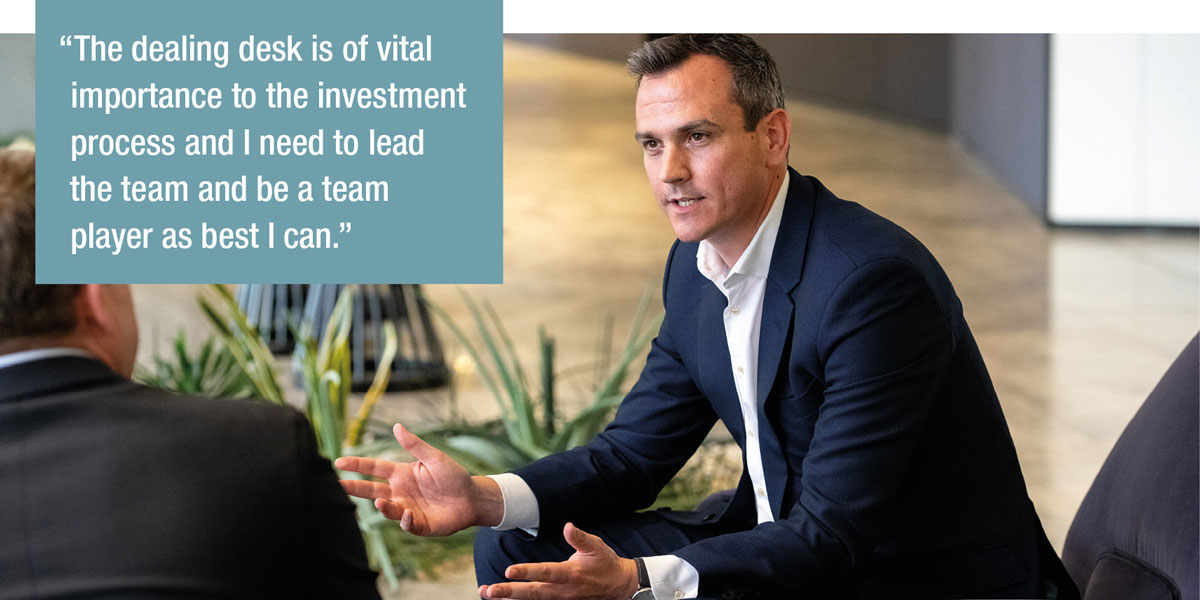
How do you manage the team and what is its management structure?
We try to keep it as flat as we can. My boss, Brian Mitchell is the global head of dealing and implementation. I have the responsibility for all fixed income. In London we are eight, we keep it flat which I think helps with teamwork and reduces any potential egos. The heads of dealing in Chicago and Singapore look after their teams and report to me.
How do you currently engage with the broker review process and broker performance?
We store our trading data in a proprietary data lake and also use some information from our order management system (OMS), Aladdin. Every quarter we tell brokers the trading volumes they’ve executed in different asset classes, including hit rates, and what they’ve been successful and unsuccessful in executing with us. We also show them pieces of the pie that they’ve missed. This shows the brokers potential opportunities to trade more with us, and also if they’ve been slipping. We find that if a quarterly review shows a bank has really dropped, for example from second to 10th, we will see more aggressive pricing in the next quarter if we communicate this and feedback the quantitative data.
The reports are granular and we split out asset classes along with detailed tiers within some of the asset classes.
How do you present that?
It’s quarterly, we’re building a tool internally to provide quicker access to the data. It’s helpful to give brokers live information. We’re working with the data science team to create that, however in fixed income it’s challenging to clean the data and make sure everything is in the correct asset type bucket. For example with high yield bonds moving to investment grade, a big trade in one area can affect another. Banks are very keen on making sure that the rankings are reported, so you need to make sure the data is consistent and accurate. We spend a lot of time looking at the data manually to make sure that it is correct.
How does the qualitative performance of brokers get assessed?
We provide feedback, counterparty reviews, and each dealer feeds back to the salespeople that they speak to. Broker reviews are helpful, but qualitative feedback really helps.
Where does trading sit within the business at M&G?
The desks are integrated with the investment teams and we sit with the fund managers and analysts. The desks are integral to the investment process, we are the eyes and ears for market liquidity, market movements – in particular volatility. We’re fortunate that the investment managers understand the importance of liquidity when trading due to the large scale of our funds. The desks are working individually with the fund managers to show trade ideas and axes to them, but the majority of the time, the important aspect is understanding flows of the funds, so the dealer is able to match flows with the liquidity, trade ideas and axes that they see.
How do you represent trading within the business and externally?
It is organic day-to-day, and I sit on fixed income committees more formally. I’ve been with the firm since 2008 and have the benefit of knowing a lot of the senior management. In recent times of stress and volatility, the desk has shown the importance of its skill set. That has really highlighted us. We do market ourselves throughout the year, however we have the experience of times like Covid where we’ve proven our value internally. Externally we set ourselves up through strong relationships with the street, and being a trustworthy partner. Due to longstanding partnerships and relationships we have built, and due to our trading style and etiquette, we have access to liquidity in a way that we believe our peers do not.
How do you relate to non-bank market makers?
Those counterparties are more on the low touch side, typically however this does seem to be ever changing. The relationships and partnerships I reference are more important for high touch. It’s important to have a large bank panel and access to lots of liquidity, but our focus is more on the larger trades. When you experience something like Covid and have a large volume of tickets, pricing disappears. If you don’t have the relationships in place, then you’ve got nowhere to go. We also find in times of stress the bid-offer widens dramatically, far more than the screen suggests. So, if you spend your time trading electronically with no personal relationship, you’re going to have a difficult time trading.
How would you describe your leadership style?
I still trade. Our job is highly stressful, particularly when markets are volatile, which as we know can last for months. The dealing desk is of vital importance to the investment process and I need to lead the team and be a team player as best I can. If you don’t trade it is harder to fully understand how markets are reacting or how the market structure is really changing. I treat my team as adults and I don’t micromanage. On the back of that we have a really strong dynamic where we all work for each other. Although I’ve touched on the asset-class specific roles, people are very willing to work to cover other team members.
How do you disseminate information between teams within fixed income but also with other asset classes?
The culture at M&G is to work together and embrace self-improvement of the individual or team. As an example, we have investment managers working with the dealing desk, the analysts and our data science team on a few different projects. This willingness to work together helps information flow between teams. I also sit on monthly meetings with the investment and operations teams.
What difference does it make having your feet on the ground in the market?
You have a greater understanding of the detail. You should have greater understanding of the challenges the team face because you face them yourself. Take electronic trading as an example. If you read about it, algos have taken over the world and liquidity is there on the on the bid and the offer. That’s not really the case at present; maybe in the future but we are definitely not there yet. You see this when buying bonds when there is a heavy market short. As rates have remained high there is a high cost of borrowing for banks as they try to borrow bonds to cover their shorts. The difference in pricing taking this into account can be dramatically different to the indicative levels you see on screen, particularly for the less liquid bonds. Understanding global market technicals, mainly because I sit with my highly skilled team, helps me understand any trade exceptions better; I also enjoy being in the action.
How are data and quant skill sets held across the trading team?
Data’s a big focus for investment managers. We’ve looked at quants, and some firms have quants on their desk. Personally, the continued development of the trading venue takes out the need for that on the desk. Auto-execution can be facilitated by the trading venues. New algos that can help buy or sell bonds are being developed by the trading venues. We keep developing our skillset within the trading venues as they continue to evolve rather than having a specific quant to help us with trading. I personally think you want people on the desk who understand the markets and can trade bonds. For the smaller size tickets you have technology helping you, where you can utilise the skill set of the trading venue.
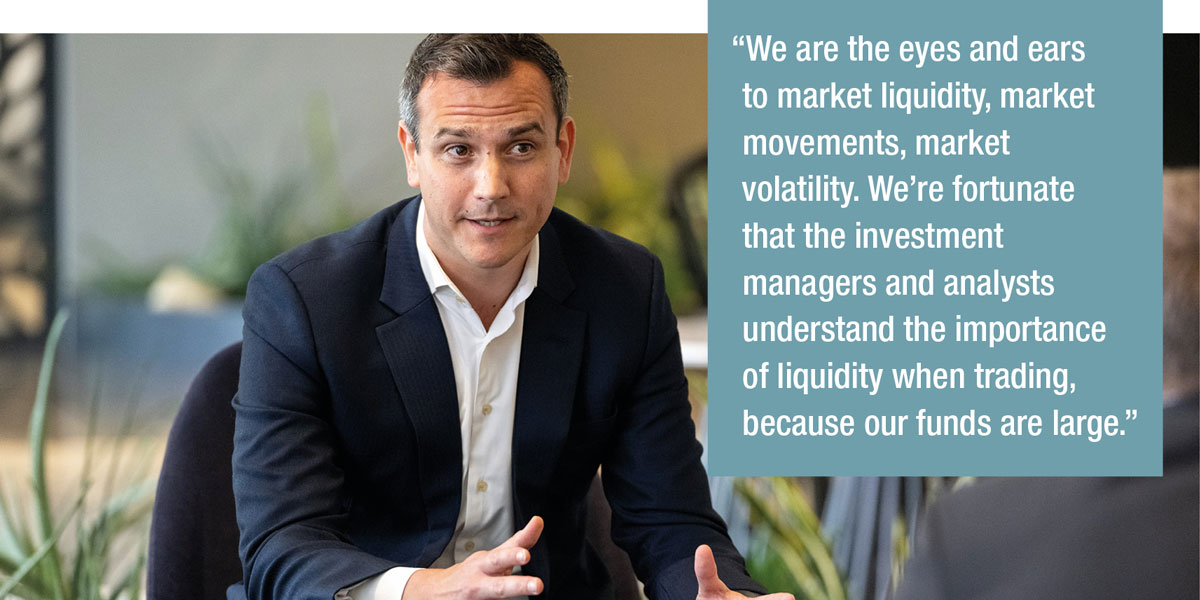
Who sets the data strategy within the firm and how does that affect your trading?
From the investment side we are working with the data science team to improve the counterparty reporting tool, improving analytics on bond tradability, on live axes that we can trade and looking at liquidity across markets. One of the great challenges is that there’s so much information but the vast majority of it is indicative. There is post-trade data that can be very helpful for liquidity analysis.
What do you do to ensure that you’re on top of external developments?
In my current role, a lot of the market brings new initiatives to my door. That gives us good visibility on developments in the market. I also attend various external quarterly gatherings such as The Investment Association and Quorum 15.
How have you used new trading protocols like portfolio trading?
Portfolio trading has been a big change for us over the last few years, particularly for one of our European credit funds that continues to grow. We like portfolio trading, because of the certainty of execution and efficiency. If you’re trading fund flows, and you’re not able to invest a 10% tail because it’s less liquid, this will affect your fund over time as its shape changes. Portfolio trading gives you that certainty of execution so you can invest or divest with all the line items that you that you want.
Can the negotiating process for PT take out the value of getting that full execution?
Trading venues have adapted how you can execute, there is an option for all or nothing which simply means every line item in the portfolio must be priced or partial, which allows the market makers to quote for the majority of lines minus a few challenging bonds. The timing is also very helpful as you can execute a portfolio trade easily within an hour. Previously, without PT some of the team would use auto-execution a lot more on trading lists for fund flows. However, due to that tail of less liquid bonds, you can get stuck. So, we do less of that, because portfolio trading is more of a focus.
How does that compare with direct streaming of bond prices?
We’re looking at that more. There aren’t a huge amount of banks involved yet. We like the idea of it. There are costs involved with having pipes set up between the banks and your OMS, however if a bank would stream us focused axes that are only for us, showing greater depth, we can see the benefit, particularly in pre trade and for general liquidity analysis.
For larger tickets where we trade on voice and use a for process trade, which essentially confirms your voice trade electronically, doing these directly with a bank is interesting as you would own more of your data set – which is clearly valuable. When we trade through venues they have access to all the data, which is frustrating, but it’s an unintended consequence of MiFID II which essentially forced us on to trading venues. We’re definitely looking at connecting directly via our OMS with some banks, but there’s still quite a lot of development needed from the banks to make that a full success.
We try to confirm all of our voice trades electronically, because it takes away the risk of an error on the trade. That dataset does go on to the trading venue. If we’re able to push more of that through our order management system then we’re owning more of our trade data which, would build up over time.
How do you see primary market electronification progressing?
The efficiency for the buy side by giving an order electronically will be huge. Having to manually give to five or six banks on a Euro corporate issue, and updating them all whenever there are price changes, creates very high risk. Getting a new issue order wrong is the biggest risk on the desk, due to the size of the orders that are placed. We continue to work with all parties as development continues with greater focus on Direct Books due to its integration with our OMS.
How do you describe the value that the trading team provides the end investor?
To deliver value we show axes and ideas that match the investment manager’s flows. The overall value we provide is deeply beneficial to the client. The asset class trader has knowledge of that market helping the fund manager invest, divest, helping them with pricing and liquidity. If the fund manager has an inflow, we are helping them by filtering appropriate axes and getting the trades executed. The challenge internally and externally is showing the quality that I know we have. Quantifying it for the end investor is the challenging part. You need data and a reference point. In Europe that is more difficult, while in the US they have [post-trade price tape] TRACE as a reference point. Similar tapes are developing in the UK and Europe.
We’ve been working with the FCA, Investment Association and AFME on the consolidated tape with appropriate deferrals. We work with BestX to help provide us quality transaction cost analysis (TCA) to clients and also internally to show the desk’s performance. This is still evolving in fixed income however as the data set improves so should the quality of the data. The tool also show’s our performance against peers which is a helpful benchmark, This is a great focus for us as we look to quantify the skillset in the team through greater quantitative analysis.
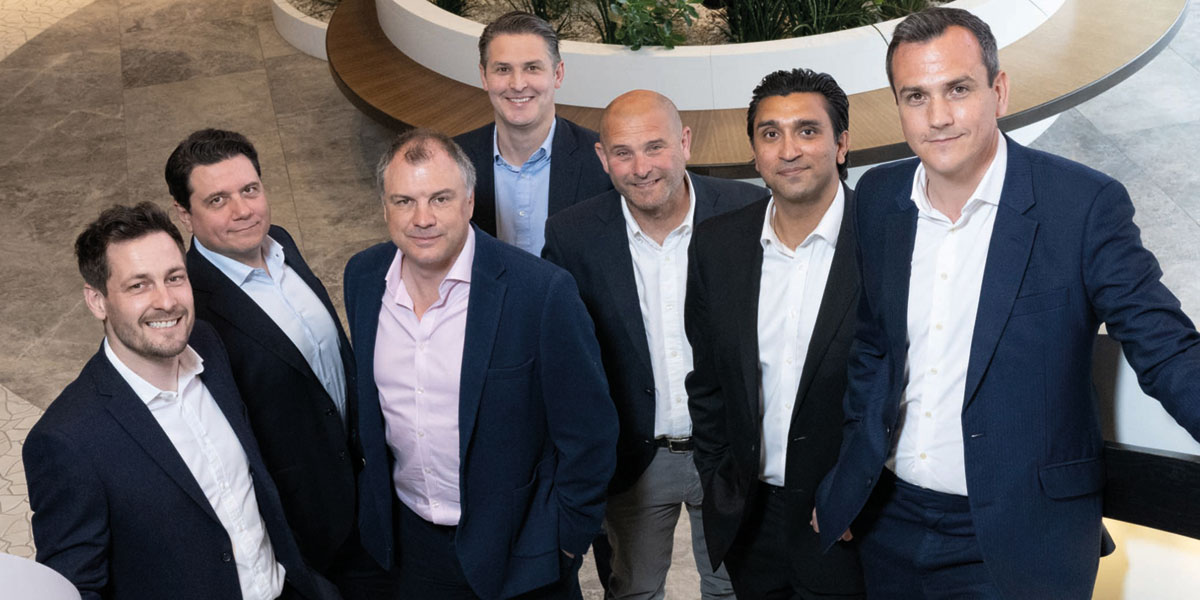
What is the greatest challenge in getting best execution in fixed income today?
There are fewer challenges than there are inefficiencies. Data sets are not concise and clear so expectations can be wrong. A better quality of axe data is something all my buy-side peers push for and I agree. However, I fully understand that banks show different axed data to different clients based on their behaviour which is why we focus a lot of time and energy on maintaining relationships.
Banks continue to have good balance sheets. We want that to continue so banks are there and ready to trade. People talk about a growth of algo trading, this still has a long way to go in fixed income and generally only works in small size for liquid bonds in credit. We are supportive of these developments as pricing should be more consistent and quicker, however I see this as five plus years away. The importance of quality market makers will always remain number one for us.
How could market structure change to optimise support for buy-side trading desks?
Over the last 10 years the trading venue has grown hugely in importance, banks’ willingness to trade electronically has also grown. Integration of trading venues into order management systems is business as usual. For pricing trades in large size or confirming trades electronically so much has improved over the last 10 years. It’s coming back to the quality of information in market structure. We get frustrated with banks fishing, sending out the bids because they’re actually long bonds and they’re trying to gauge that information flow. We ask the trading venues to police the information that they’re sending out in a better way. I would prefer a wide firm market rather than a tight indicative market, however that is a long debate.
How do banks add most value to the buy-side trader?
Being a large asset manager, we get covered by senior, experienced sales. We value relationships, and we have strong partnerships. That setup is one of trust. We want the sales, banks and traders at banks to show us good axes that match our investment flow. It is a very simple model, but you have to do it consistently well and you have to keep that trust to make it work. Having said that, it is near impossible to keep up with all the information that you get from banks. We’re inundated with IBs and phone calls daily so it is impossible to look at everything that we’re shown. Having a focused set of relationships is important. Having banks that work with you, and work to show you liquidity is hugely important not only to the trading desk, but to the fund managers. For us the greatest value is seeing these opportunities during times of stress.
We don’t have egos on the desk so information flow is shared. That adds value to the end customer because we can digest more information from the sell side. If the trading desk doesn’t let you talk to the fund managers, the fund managers miss out on a lot of information, because it’s impossible for a large dealing desk to process all the data.
What are your top three operational issues?
I have two – the biggest is primary markets, which is no surprise. There has been record issuance of late and the process seems to be coming more inefficient with banks constantly testing tighter levels. Giving an order to one electronically with a limit should reduce risk and save a huge amount of time.
Next is the lack of quality data when trading, from fund managers picking unrealistic targets to frustration with counterparties not being firm on the indications that they show. Less is more for us; when you’re looking at trading data there’s noise, and we would like to see it reduced. The trading venues offer filtering of data, you can set a parameter where you pick three to six dealers, in relation to axes or quality of responses, so trading venues have machine learning that you can utilise to build your rules around execution.
Do you see transaction cost analysis as a viable model for fixed income?
We use TCA for some of our clients who want reports and we’re able to look at all the data that comes through the trading desk. We look at performance versus peers and performance against benchmarks. This is still in its infancy in fixed income and we’re spending a lot of time trying to develop this. I’m working with a third party, BestX, to improve it. If you don’t have quantitative data to show value it is less powerful. The TCA model comes from equities into fixed income and expectations are too high, but reference points have improved. The challenge is definitely when there’s volatility. When the market is very volatile data sets weaken and referencing yourself against poor quality data doesn’t help anyone.
The team’s record and the name of M&G is strong, so we should be getting decent pricing and liquidity.
 How do you trade … Emerging markets?
How do you trade … Emerging markets?
James Hathaway, emerging markets
We invest significant time in explaining our various internal strategies to our counterparties, detailing how our trading approach varies for each strategy and potentially each portfolio manager within those strategies. Alongside this, we seek a deep understanding of our counterparties’ business, trading model, and team. This includes their approach to risk, balance sheet structure, regional/trader distribution, and funding levels.
By aligning this knowledge, we can select the most suitable counterparty for specific market conditions, the nature of the bond, and the PM/Strategy involved. For instance, if we have a large, illiquid inquiry that is time-sensitive, we might determine that Counterparty A, due to their risk limits, trader experience, and ageing reserves, is not the best fit. However, they might be ideal for a less time-sensitive strategy that prefers moving smaller pieces over an extended period.
 How do you trade … UK debt?
How do you trade … UK debt?
Oliver Carter, GBP trading
Although the Sterling Credit Market is recognised as one of the less liquid markets relative to USD and EUR, there is still excellent liquidity to be accessed with M&G’s approach to execution. We truly believe in transparency, fairness and partnership. We make sure counterparty selection is very finely targeted, making sure that information slippage is tightly controlled giving counterparties assurance that the trades they win will be discrete, given the size of trades that we can be involved with. Whilst occasionally using portfolio trades, broadly speaking we prefer this targeted approach and find that we get better outcomes. We continually evaluate this with platform providers to ensure that we are beating any other available methods of execution. Given that GBP is our flagship product, the desk can get very busy! Thankfully we have an excellent team with tremendous experience that will help in more volatile times, following a consistent approach throughout.
 How do you trade … European debt?
How do you trade … European debt?
Craig Rumbelow, Euro markets
In the case of European investment grade, my full focus is on understanding trading flow and the technicals in-force within that market to a granular level. The trader role at M&G goes further though. Our team is part of the investment process, helping the fund managers by assessing relative value and providing trade ideas; the extent of which, I believe, is unique to M&G’s set-up.
To complement our investment approach, the aim of the desk is to be best in class at responding to liquidity. The sell-side know which member of the team to contact, the trading desk is joined up in the investment process, so we can give a quick indication on likelihood of trading. In recent bouts of extreme volatility, such as during Covid, we clearly demonstrated our ability to do just that – which is to the ultimate benefit to the client.
We invest time building relationships with sell-side salespeople and traders – strong relationships are paramount in our role. Trust and collaboration is the shortest way to trade in and out of a position. We pride ourselves on our style of trading – sell-side traders must be confident in extending their balance sheets and there is a limited amount to go around!
 How do you trade … Asset backed securities?
How do you trade … Asset backed securities?
Alex Dragut, ABS
While the world of ABS is viewed as highly illiquid and opaque there are tools and visible cues that allow one to access significant liquidity even in most stressed situations. M&G’s approach to fairness and integrity combined with our specialised trading roles allow for strong relationship building which positions our clients’ ahead of the queue for banks’ limited focus and balance sheets.
 How do you trade … Government bonds?
How do you trade … Government bonds?
Warren Gethen, bond trading
In my opinion one of the main key factors in establishing a well-run dealer role is to build a good solid relationship with the banks, salespeople and ultimately traders as these are the mains sources to provide you with the liquidity required.
The most important link is the trader as they will be the ones providing you with pricing so therefore it is imperative that you build a solid relationship built on trust. The salesperson can often be a key factor in helping to build those bridges.
All of our larger, more sensitive sized trades are still carried out by voice which gives you the ability to spend more time focussing on achieving the very best outcome for the client i.e. having the ability to haggle over pricing and making sure that you are achieving the optimal pricing for the trade.
As well as having a good relationship with the banks it is also paramount to have the same level of confidence and trust with our PMs as well. After all, we are a second set of eyes and ears for them, providing extra colour on flows, trends and current market liquidity.
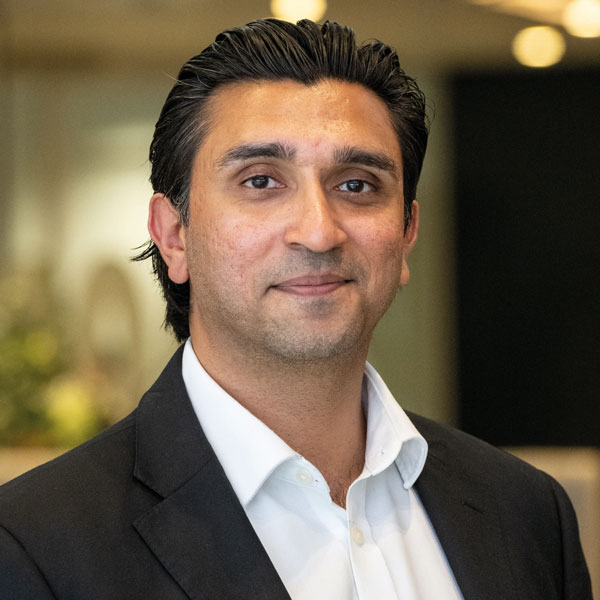 How do you trade … In a volatile market?
How do you trade … In a volatile market?
Nav Jassar, fixed income
Having joined the team just before the infamous Truss Budget I have witnessed serious volatility in the markets. This was a baptism of fire and helped me realise quickly the importance of trust when trading. Working with a skilled team has helped me grow quickly and lever the established relationships to gain liquidity and strong pricing.
©Markets Media Europe 2024
©Markets Media Europe 2025


